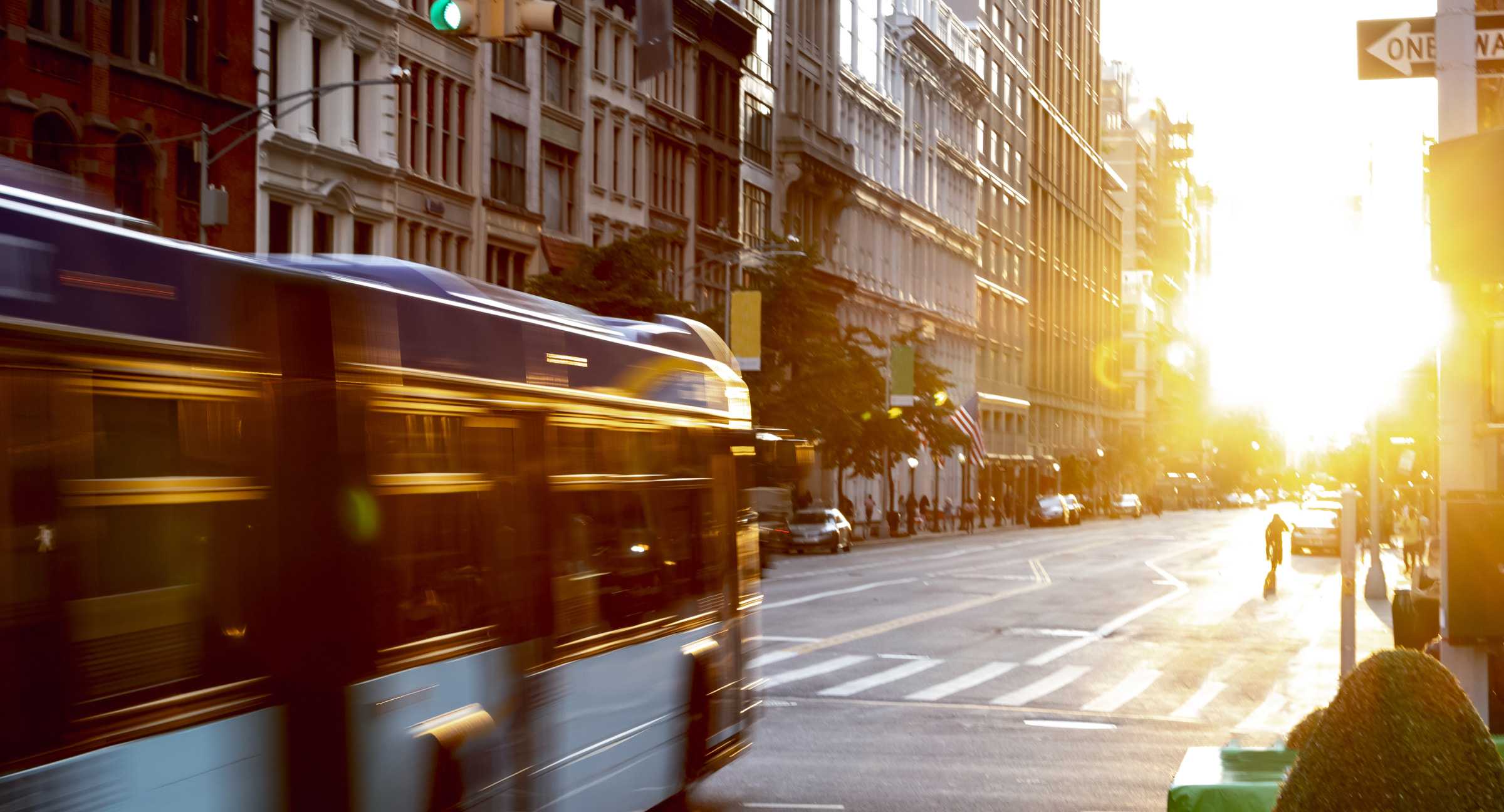How Are Buses Made? From Frame to the Road
March 15, 2021 / Painted RhinoWhether or not we use it, public transportation touches nearly every segment of American society. It’s an $80B industry that gives back more than five times what we invest in it—every $1 invested in public transportation generates $5 in economic returns.
Public transportation not only gets us where we need to go, but it also reduces emissions and car accidents, bolsters our economy, and even impacts real estate values.
In short, public transportation matters—and Painted Rhino is proud to manufacture the composite materials and fiberglass used to build buses and keep America moving. Bus manufacturing is a fascinating process, and while every bus is unique, here’s a general overview of how they’re made.
Frame
Workers place the stainless steel bars into a press to build the frame, which uses 80-100 tons of pressure to bend the steel into the desired shape. Workers then add the pieces to the base support frame or assembly jig. Next, workers set and weld the roof, add the side pieces, and place the internal structure on a rotating jig, which gives manufacturers easy access to any part of the bus they need to weld.
Internal Structure
Meanwhile, other workers piece together the base flooring, using stainless steel materials to avoid rust and corrosion. Once the floor takes shape, the frame goes back on the assembly jig, and workers begin welding the floor into place.
Undercoating
With the frame and flooring in place, workers move the bus down the line, where they spray the underframe and lower section with an anti-abrasion coating. This reduces noise and offers additional protection against road wear.
Subfloor and Compressed Air
Next, workers apply high-strength glue to the floor structure, lay down a plywood subfloor, and screw it into place. Now, the bus gets turned upside down again for workers to install four compressed air tanks under the roof. Three tanks are for the brake system; the fourth powers the doors and other moving mechanisms on the bus.
Waterproofing
With the subfloor and air system in place, workers now waterproof the subfloor with a vinyl covering designed to withstand heavy use.
Fiberglass Panels
The side and roof panels are next—this is where Painted Rhino comes into play. Using ourlight resin transfer molding (or Light RTM) process, we inject resin into a mold and vacuum pressure it to conform to the material. The result is bus panels that resist rust, corrosion, and heavy use.
Engine, Air Conditioning, and Windows
Next, workers attach the bus’s low-emission diesel engine to the transmission and driveshaft in the engine compartment. After that, workers install windows and the A/C system.
Seats, Support Poles, and Driver’s Area
What’s a public bus without a place to sit? Painted Rhino uses the same Light RTM process to create molded fiberglass seats. After these are installed, workers upholster the seats, add support poles for standing passengers, and install the driver’s seat, steering wheel, wheelchair ramp, and controls.
Testing and Quality Control Inspection
The completed bus now undergoes a half-hour water infiltration test to ensure that it is watertight. During the entire process, the bus is continually inspected for mechanical safety.
About Painted Rhino
For more than 25 years, Painted Rhino has specialized in rotocasting, tooling, and mold making. We’re also one of the leading experts in manufacturing composite materials, fiberglass, and FRP. We’re an American-owned, family-run business that serves multiple industries, including mass transit, RV, industrial, medical, marine, and more. Contact us to discuss your project!
